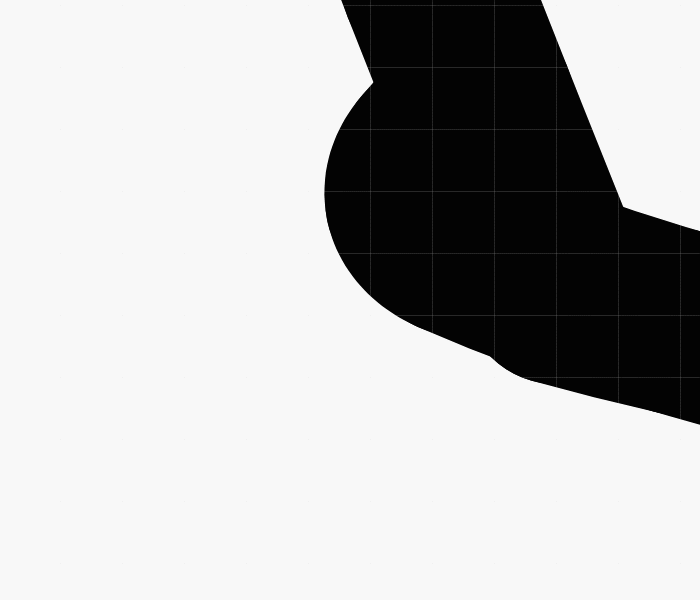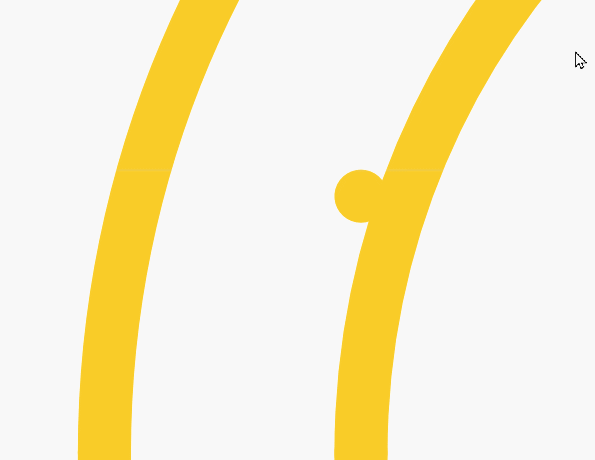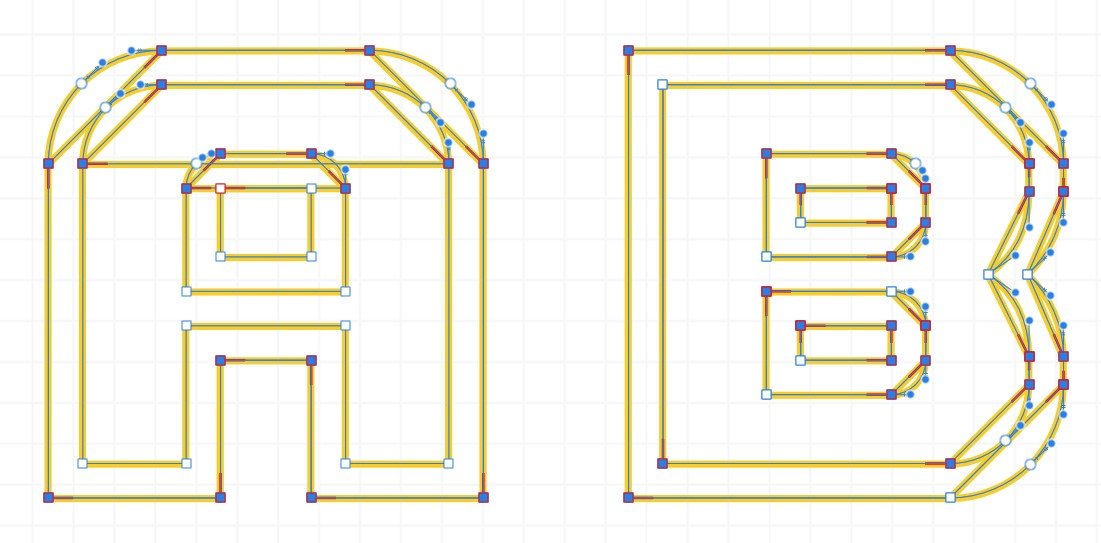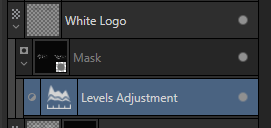-
Posts
286 -
Joined
-
Last visited
Posts posted by eobet
-
-
For the doubters, as with any VC funded company (who also dabbles in AI), this is what will inevitably happen:
https://americandialect.org/2023-word-of-the-year-is-enshittification/
So now it's only a question about WHEN, but the shitty thing is that Affinity quite recently denied there even was a question of IF:

Now that their true colors have been revealed, you can't trust anything anyone from that company says ever again and we can safely assume that the timeline to things going down the drain has been accelerated.
https://mastodon.cloud/@designthinkingcomic/112172752241749103
So... guess I'm forced to look at Inkscape once again for an Illustrator alternative.
At least there's some more options for Photoshop alternatives.
Not really any alternatives for Indesign, though? At least not for Linux (which I'm probably moving to in the next few years due to the similar crap happening to Windows).
-
Is this an "optimization" or a setting?



-
11 hours ago, Alfred said:
Select all, choose the Node Tool and click on ‘Close Curve’ (on the Context toolbar) to close them all in one fell swoop.
Nope.

However, I noticed that flood fill does work as expected after you selected something.
Still, tedious work.
A join all which actually joined all continuous would be welcome (again, especially for open curves)!
(EDIT: Though I guess doing booleans is about as many clicks as flood fill... but the case for open curve still stands.)
-
I tried most options and combination of options. Nothing seems to be intuitive or work well.
And again, flood fill only works in the case of enclosed separated curves. If you have open shapes imported via DXF, you're still screwed.
-
That flood fill doesn't give very good results out of the box either.
A mass join of line ends by end point proximity would be a very welcome feature here. It's pretty common in both the CAD world (where this file originates from), and the mesh world...
(I actually prefer to use Rhino for accurate linework like font and logo creation... it has much more streamlined precise tools for snapping, copying, movement, mirroring, patterns, tangency matching, smooth blending etc etc...)
-
Fantastic to finally have DXF import, but that means that all curves are split or separated. So, how do you join thousands of curve segments automatically in Affinity, where the start point on one curve is exactly on the end point of another?
Geometry - merge curves does not work, because all curves become a single object, rather than one object per continuous curve. Also, that option doesn't seem to merge anything at all, because when you do separate afterwards, they split into the exact same segments rather than continuous curves...
Next question is, can you simplify (reduce points) on these curves without loosing too much detail?
-
Well, I took the result from Illustrator back into Designer and continued with the entire illustration, and then it came time to export it as an SVG/PDF the output was absolutely horrible.
Green result is Illustrator's export, and red result is from Affinity (both outside aligned strokes).
-
But that's unusable for curves?
Also, it's infuriating how there's no exclusive modifier key for de-selecting, since the shift button toggle often toggles on things you don't want because the selection is so inaccurate (or "generous" if you want to do a positive spin on it). 😩
-
I can find it in Photo (it's a lasso icon) but I can't find it in Designer.
The default box selection method in Designer is always "inside" which is so limiting, and I also don't see any quick switch icons for doing "crossing" or a combination of both...
-
-
It's an imported object. I can't be manually tidying those things up. Affinity needs to have automated tools for this.
I just imported it into Illustrator instead and did expand, add, no issue. (Illustrator also has way better selection tools.)
-
-
I'm also looking for this info. The above answer is not sufficient because it's not a specific indexed palette (it's "automatic", ie outside of your specific control).
Here it's described how to save a palette from an image document, but you can't use that palette to convert a document to it?
-
I just noticed that after saving the .afphoto file and opening it again, the mask is merged. I may have opened the file in Designer in between but this is a bit unforgivable as it's destructive (even though in this occasion it was what I wanted).
Similarly, I'm now fairly certain that I dragged a bitmap into a layer and it became a mask by mistake, and after opening the .afphoto file again, that bitmap was just a white rectangle...
-

How can I merge this levels adjustment to the mask? The Merge button in the popup doesn't do anything.
Ctrl-E on the adjustment doesn't do anything either.
-
One would think that the built in tools should play well together, but they don't.
-
I have a previously saved print document which I now want to change to web, and change the units to pixels.
Regardless of how many times I open document settings and change to web, the next time I open it, it says print again.
Similarly, even though units does say pixels, when I go to a previously created object, the stroke width says points.
Even if I type 1px to change the stroke, it still converts it to points.
This is version 2.3.0.
-


This is apparently the reason. 🤬
And of course you can't delete them.
-

I don't even know how this is possible in Windows.
-
Ah, just found the answer by accident... it's apparently "lock children", an option which appears when you click on the masked image. Still feels very backwards!
Also, adding to the unintuitive behavior, the transform rectangle is only sized to the original clipped area, not the actual image size, so moving it around is done blindly when it comes to finding the image boundaries...
-
Masking in Designer feels very unintuitive!
I dropped an image into a document, and the way I found to create a mask from a curve on that image was to place the curve above it and use "mask to below". But the result of that is that the curve is a child to the image, and not the other way around which feels more logical.
Further, I have no idea how to move the image without moving the mask. How can one do that?
-
-
Straight up bug, I think. See attachment.
-
As you can see, I've managed to round the two on top, but the two on the right refuse to respond. Why?













Canva
in Affinity on Desktop Questions (macOS and Windows)
Posted
🤣🤣🤣
This is from the company who brag posted "ain't nobody acquiring us".
I hope nobody trusts a word of this. It's literally from the VC playbook:
https://mastodon.cloud/@designthinkingcomic/112172752241749103